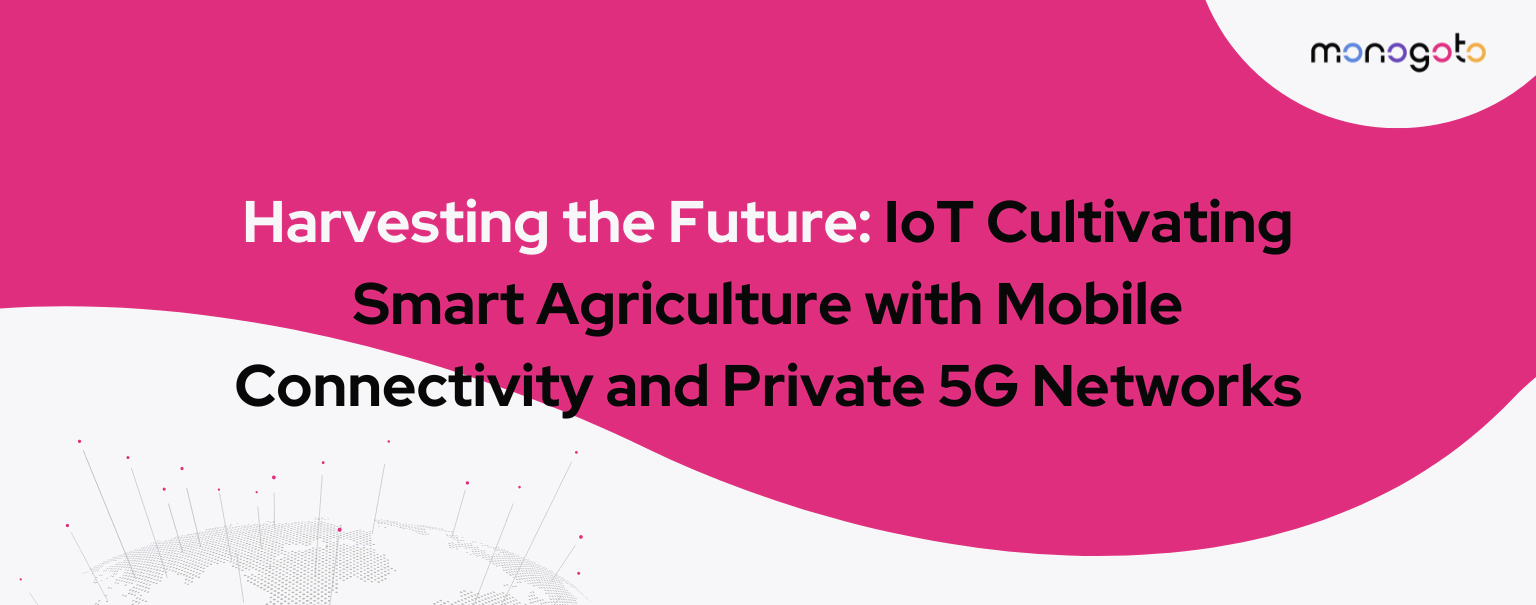E-scooters, e-bikes, cargo e-bikes, and other forms of micro-mobility (also known as light electric vehicles (LEVs)) are found on most street corners in today’s urban centers. The market for LEVs (also referred to as micro-mobility) valued at USD 42.6 billion in 2022, is projected to hit USD 81.4 billion by 2028, growing at a CAGR of 11.42%
As micromobility technology proliferates, players in the industry are now trying to figure out the best and most sustainable business, financial, and operational models to meet the demands of the customers.
Micromobility formats have rapidly evolved in the past decade, and in tandem, so has its technology landscape. Docked and dockless pedal bikes paved the way for micromobility as a service, micromobility as an amenity, and now, urban delivery.
We can see the day when cars will no longer be the main form of transport in cities. Traffic density means commuting, delivering food, or taking a recreational ride for leisure on a bike is rapidly becoming faster, cheaper, and easier.
While micromobility operators have invested a great deal of time in hardware choices, carefully considering battery, range, and ride quality and features — most haven’t spent much time thinking about the connectivity of their devices, including the way their vehicle communicates and integrates with the cloud and with surrounding systems.
Driving connectivity means having the ability for micromobility operators to see what is happening behind the scenes, for instance, to understand how vehicles are connected and when they go offline to increase uptime (which equates to revenue). This knowledge, and notifications of these behaviors mean operators can be proactive and solve connectivity problems quickly and easily and prevent vehicle downtime and loss of revenue. Moreover, the micromobility operator, through the connectivity platform should have access to its fleet and the ability to view packets of data within a couple of clicks to analyze the information and gain further insight.
The micromobility market is changing continuously and rapidly, operators can no longer afford to put connectivity on the back burner. Lack of focus on connectivity issues is causing them to miss critical business insights and opportunities found in that data for business optimization, such as uncovering alternative IoT connectivity options that may improve customer experience.
Just imagine if micromobility operators could leverage connectivity to routinely “check in” on the health of their devices in the field to improve uptime and receive notifications that help identify patterns of connectivity failures. It would create a better customer experience, increase brand loyalty, and ultimately, drive more business. While at first glance connectivity checkpoints may seem like small improvements, they can add up to big boosts in customer satisfaction, loyalty, and profitability.
A better understanding of connectivity also improves an operator’s versatility, by opening up the number of global networks the SIM card in the IoT can connect to. It is recommended that micromobility operators have three networks at minimum that devices can connect to, allowing LEVs to switch between them based on the signal strength of location (and not which offers the lowest cost). This ability to switch between global networks can be of additional value for operators running their business near international borders. For instance, an e-bike in San Diego may connect to a Mexican network that offers a stronger signal.
Understanding and managing connectivity shouldn’t be hard. Connectivity information such as location data, the status of the device’s health, the state of charge (SOC) of its battery, and the ability to communicate with any device at any moment – are all keys to profitability and successful operations. However, public networks don’t make it as easy as it should be. For instance:
- They can’t always cover efficiently every area in the micromobility operator’s service zones. This leads to vehicles going offline or disappearing from the fleet management system (FMS).
- There are large sets of valuable data (big data) sitting on devices that many operators will not download because it will increase their monthly data cost and seem like a waste. The same goes for firmware updates, which undermine vehicle performance.
The emergence in the last few years of private 5G networks represents a remedy to this situation. It offers micromobility operators a much easier way to reduce costs and downtime and increase coverage for specific areas.
Setting up a private network is much easier than you realize. A cellular hotspot is placed in a central location, such as an operator’s warehouse, shop, or maintenance hub — wherever LEVs return to every few days for charging, maintenance, and docking. Once the private network is set up and configured, devices switch to it by default as they are near that location, and data stored on the device is automatically downloaded, and firmware updates are automatically uploaded. There’s no data cost, and the reliability and stability of this network are very high, with reach extending up to 9 KM in range.
From understanding the status of devices at any point in time to quick and easy access to every SIM card to improving the customer experience by uncovering opportunities for improvement or service, a connectivity platform and the insights it offers can pave the way to greater profitability for micromobility operators. By keeping fleets up and running, in tip-top order and by reducing operating and data costs, operators can reap the rewards of business efficiency.







